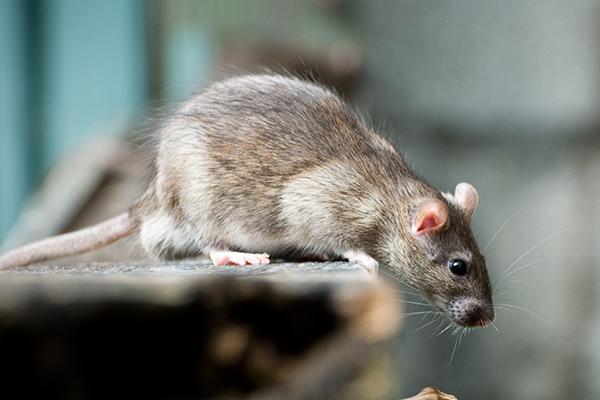Intelligent Traps for Cold Storage: How They Revolutionize the Industry
Share
The demand for efficient pest management solutions in cold storage facilities is on the rise. This is where intelligent traps for cold storage play a crucial role. By understanding these modern solutions, we can significantly enhance the protection mechanisms in place for valuable goods stored in cold environments.

Why Are Intelligent Traps Essential for Cold Storage?
Cold storage facilities house perishable goods that require precise conditions to remain fresh. Any pest invasion could lead to significant losses, making it essential to implement smart, technologically advanced solutions like intelligent traps. These traps not only capture pests but also send alerts, providing real-time data for effective management.
How Do Intelligent Traps Work?
Intelligent traps are equipped with sensors and digital tools that detect pest movement within the facility. They often come with connected smart technologies that monitor and record pest activity, allowing for a proactive approach to pest control. Such systems can seamlessly integrate into existing cold storage setups, providing an added layer of security.
These traps use algorithms to analyze data patterns and predict potential infestations before they escalate. For instance, in a recent study at a major cold storage distribution center, the implementation of intelligent traps reduced pest-related incidents by over 50% within the first quarter of use.
The Benefits of Using Intelligent Traps
One of the primary benefits is the cost savings on pest control. Intelligent traps reduce the need for frequent manual inspections, thus lowering labor costs. Additionally, they minimize product loss resulting from pest contamination. Learn about pest control in warehouses here.
Furthermore, these traps enhance the safety and quality of stored goods. By employing real-time monitoring and alerts, businesses can swiftly respond to potential threats, ensuring that the quality of the stored products is not compromised.
Implementing Intelligent Traps in Cold Storage
To effectively implement these traps, businesses must conduct a thorough assessment of their facilities to identify critical areas vulnerable to pest entry. Other critical aspects involve training staff to understand the operational framework of these devices and establishing best practices for maintenance and data analysis.
Success Stories from the Industry
Several businesses have seen immense success following their adoption of intelligent traps. A notable example is a global food processing company that managed to reduce its pest control budget by 30% while maintaining high product integrity standards. This demonstrates the ROI and the effectiveness of adopting such smart solutions.
The rise of intelligent technologies like these traps is transforming how warehouse managers tackle pest control. For instance, by employing these innovative methods, managers can swiftly halt infestations in large facilities.
Conclusion
The integration of intelligent traps for cold storage is a game-changer for the industry. By employing cutting-edge technology, cold storage facilities can maintain product quality, enhance safety, and reduce operational costs. For further information on how to leverage intelligent traps in your facility, check out this informative guide.

FAQ Section
How can intelligent traps prevent pest infestations?
Intelligent traps use sensors and real-time data analysis to detect pest activities early and send alerts, thus allowing quick response to potential infestations.
Are intelligent traps expensive to maintain?
While initial setup costs can be higher, they often lead to long-term savings on pest management by reducing manual inspections and minimizing product loss.
Can intelligent traps work in extreme cold conditions?
Yes, these traps are designed to operate efficiently in cold storage environments, ensuring non-intrusive and consistent protection against pests.
This article contains affiliate links. We may earn a commission at no extra cost to you.
